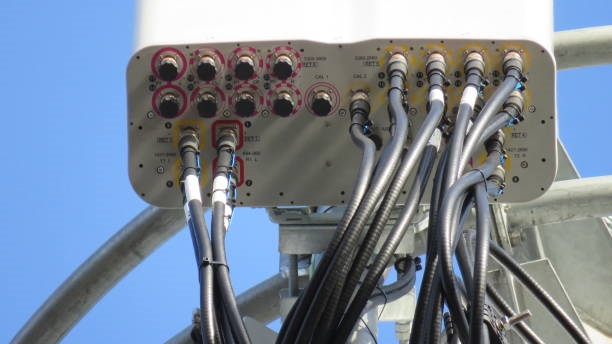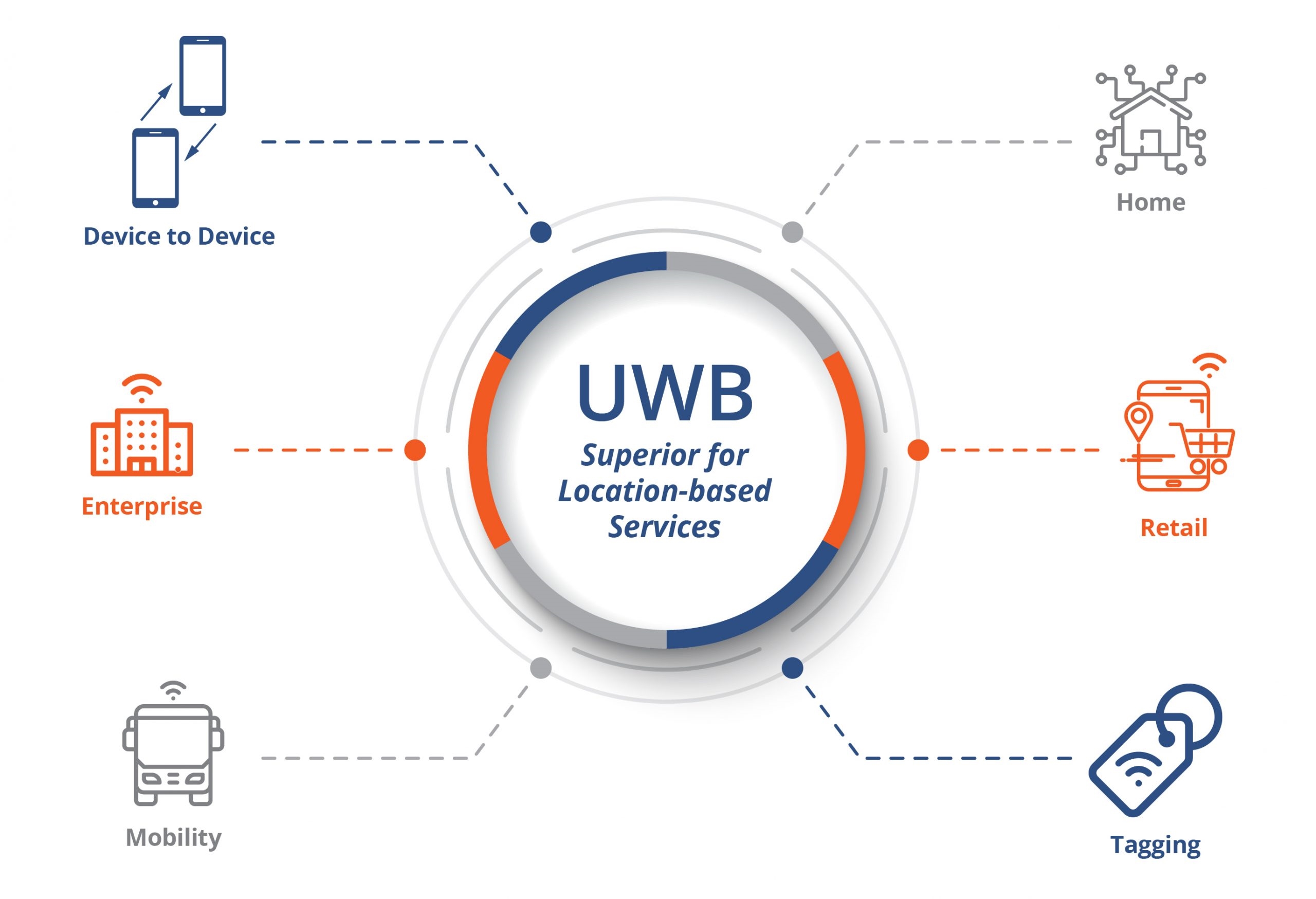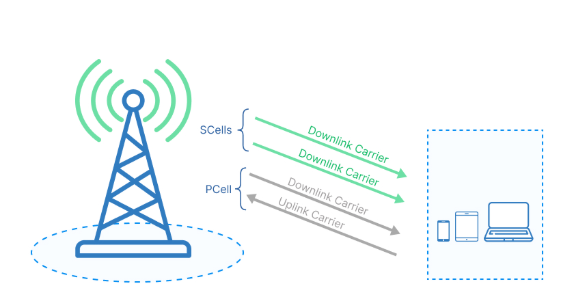Background
On May 21, 2019, at the Honor 20 launch in London, Huawei announced a short-range wireless communication technology called NearLink. The basic principle described is converting a digital signal, such as CDMA or GSM, into electromagnetic waves that can propagate in outer space. Unlike terrestrial broadcast signals, electromagnetic waves in outer space can pass through the atmosphere, which means the signal can propagate at high altitude more stably and more rapidly.
Operation principle
NearLink is described as a high-speed transmission technology composed of transmitters and receivers. Its operation relies on wireless protocols and the transmission and reception of electronic signals to achieve high-throughput data transfer. The protocol stack includes techniques such as efficient signal coding, physical-layer HARQ retransmission, and discrete single-subcarrier scheduling to support high-reliability transmission, with reliability targets above 99.999%. NearLink is also characterized in its design by low power consumption, multi-domain coordination, simplified architecture, and security features to support ultra-low-latency and high-security applications.
Access layer and interfaces
The air-interface access layer is the core of the NearLink wireless communication system. NearLink devices are classified by access-layer role into G (Grant) nodes and T (Terminal) nodes. Each G node can manage a number of T nodes; a G node together with its connected T nodes form a communication domain. To meet different scenario requirements, NearLink provides two wireless communication interfaces: SLB (SparkLink Basic) and SLE (SparkLink Low Energy).
 ALLPCB
ALLPCB







